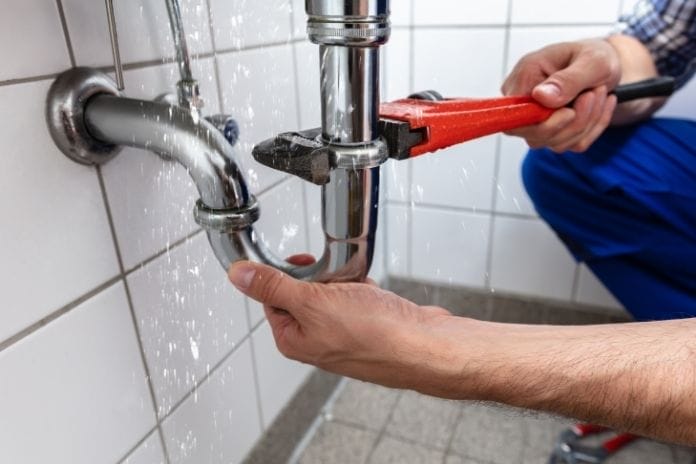Owning a building is an exciting venture. Building ownership can be a lucrative investment, but it takes a lot of time and energy, and it entails many responsibilities. One of the main responsibilities a building owner should be aware of is plumbing. Check out this plumbing 101 guide for building owners.
Know What You’re Responsible For
The first step to property ownership is learning what you are responsible for—this is especially important in regards to plumbing. Plumbing systems are partially the responsibility of the city your building is in and partially your responsibility. Where the property line starts is where your responsibility begins, meaning you are often liable for large sections of the water supply lines.
Provide Information To Tenants
Whether your building is residential or commercial, anyone occupying it is bound to use the plumbing. Educating your tenants of what they can and cannot flush down the toilets can help avoid sewage backups and clogs.
Let your tenants know preventative information regarding how they can help keep the plumbing running smoothly. Correctly functioning plumbing is a shared interest between you and your tenants.
Research Your Local Regulations
Knowing what your local ordinance requires of plumbing systems is vital for a building owner. For example, it’s important to know what materials are used in water main pipes and other pipes leading to your property. If these pipes are outdated or made using an unsafe material, you could be liable for any issues with the water.
Talk to your local government and learn what is required of you as the building owner. When it comes to plumbing, the average person does not have much experience. Small things such as a clogged toilet or a backed-up sink are easy enough to fix, but when larger issues arise, remember to stay calm, call a plumber, and notify the city if it affects the water supply lines or water main.








































